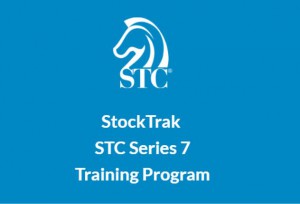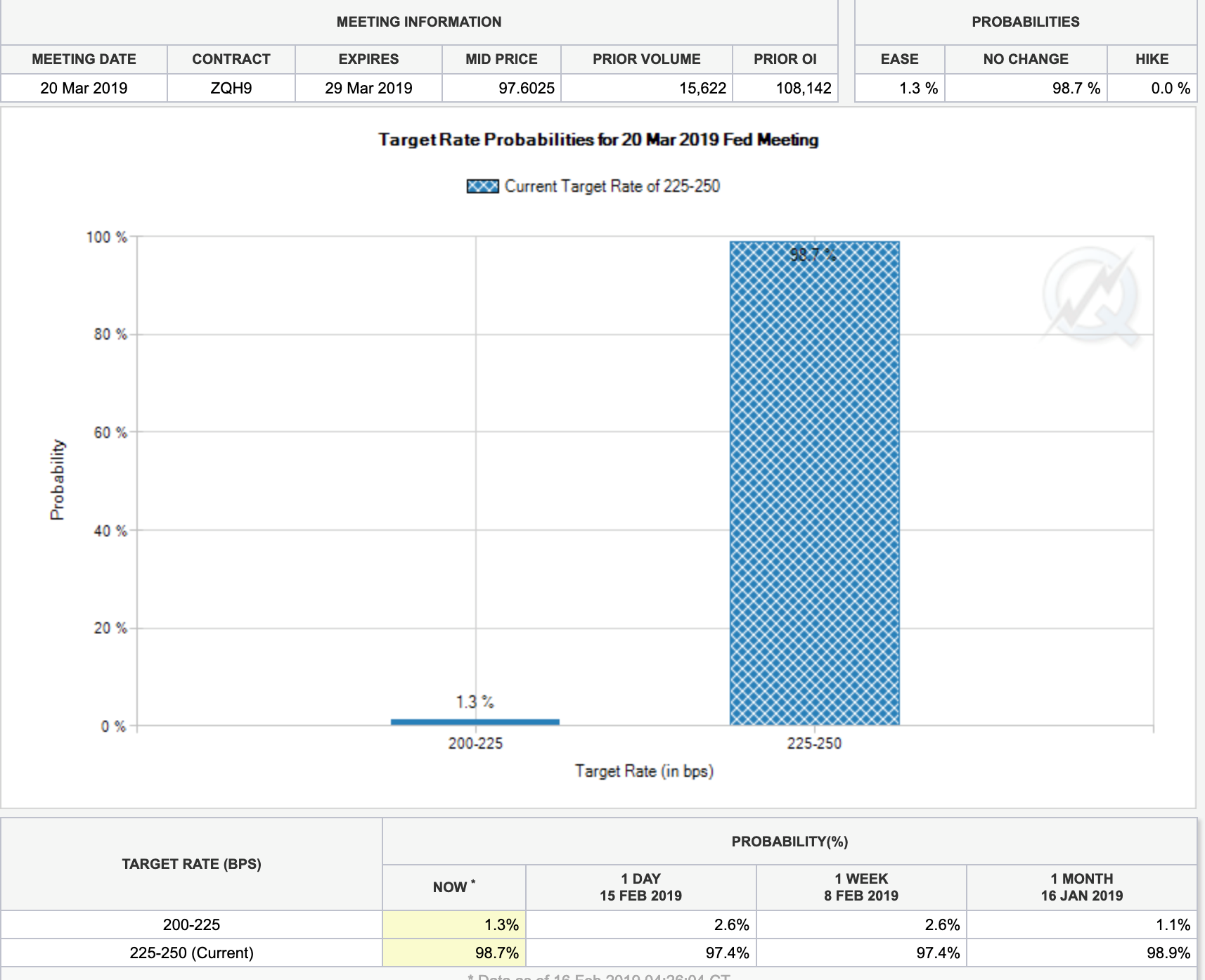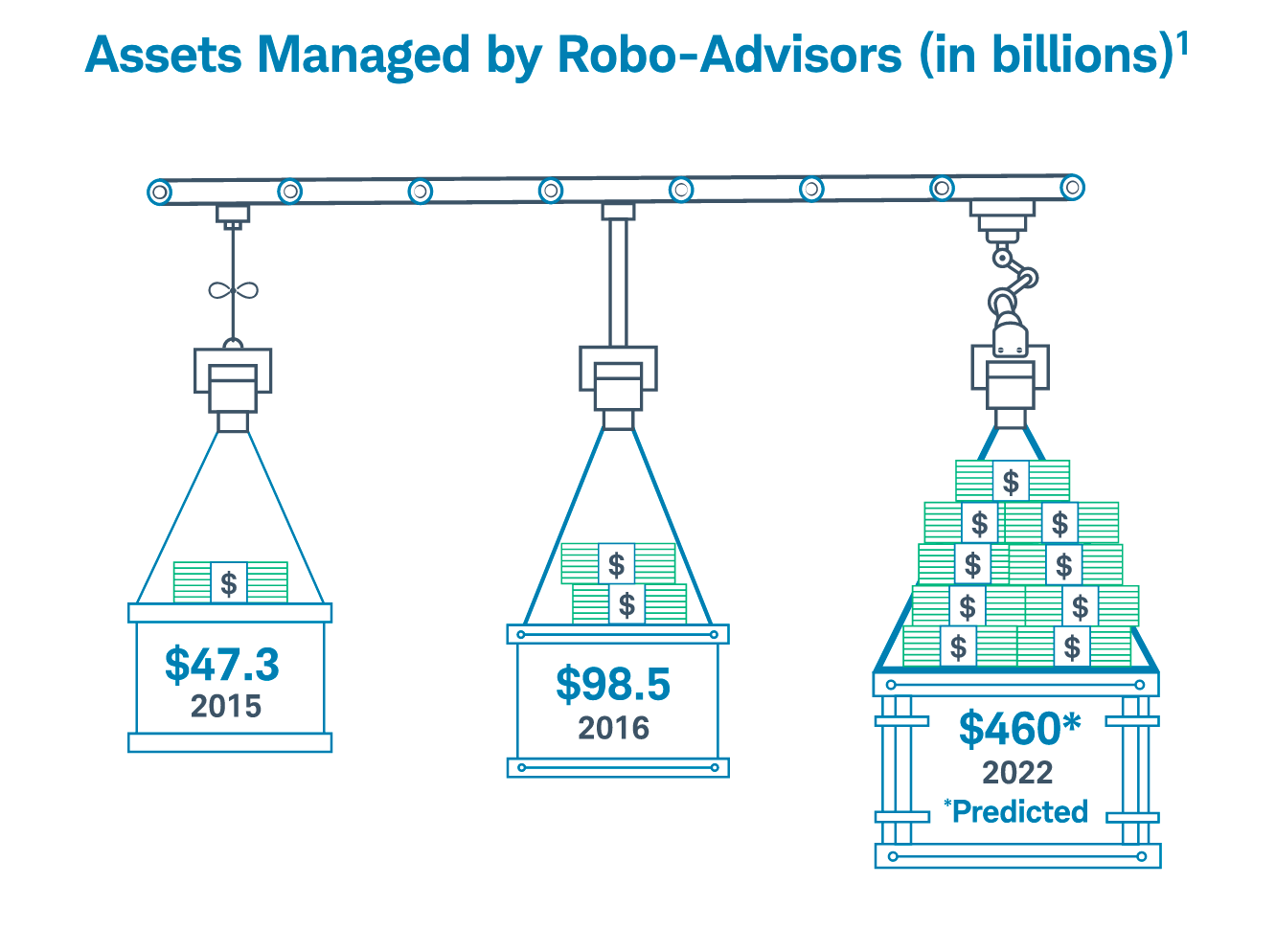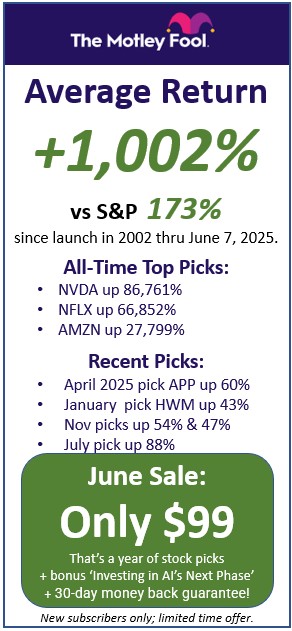People get their bank accounts frozen for a variety of reasons. The most common misconception is that bank accounts are frozen only when a debt collector is legally empowered to levy a person’s finances or when that person has reached their credit limit. Yet the most likely scenario is that your account was frozen for the purpose of your protection. Just think of the fact that credit card fraud and identity theft have incurred over $8 billion in losses in the U.S., every year, for the past three years. Consequently, there is currently a trend in banking that can only be described as being too careful.
One of the first measures that credit card companies took in their attempt to improve internal security was to ensure that their employees had a safe and secure gateway to the Internet by means of a Virtual Private Network. In fact, VPN services have become increasingly affordable, which means that you, too, can easily access banking-level security. There are specialized websites where you can read VPN reviews, as well as of other similar software that guarantees you’re browsing the web securely.
Who or what decides if a transaction is suspicious
Many people have has their bank accounts frozen due to suspicious activity, albeit nothing serious actually took place. These situations can be particularly frustrating, especially when you’re overseas and there’s no other way to make a purchase. Just imagine that you try to pay for a meal at a restaurant or for your hotel room after an uncomfortable 8-hour trip and you suddenly find yourself unable to spend any money. If you want to be spared such unpleasant circumstances, you need to first find out what it is that looks like a red flag to your bank or credit card company, and try to avoid triggering it.
In an effort to reduce the immense losses from credit fraud or identity theft, banking organizations have developed security protocols that can help them keep track of financial activities. One of these procedures involves monitoring and signalling suspicious transactions. The problem is that banks have millions of accounts handling billions in various currencies. To effectively monitor each and every one of the hundreds of thousands of transactions that happen every day is impossible, so financial organizations have developed specialized, security software that can identify suspicious transactions.
Common triggers for suspicious transactions
Perhaps the most frustrating trigger for suspicious transactions is shopping somewhere you’ve never been before. Identity risk managers point out that, while bank authorities won’t go on record about such events, security applications can flag as a suspicious transaction something as commonplace as using your credit card in a new shop. Making several purchases in a short amount of time or very small purchases followed by significant ones were also shown to sometimes trigger red flags.
Although frozen bank accounts as a result of these shopping habits are increasingly uncommon, they still happen with certain cards. Picture, for instance, that you buy a candy bar and in the next 10 minutes you want to purchase an expensive suit that just went on sale, but your bank account was just frozen due to a red flag that’s a false positive.
Last, but certainly not least, credit card holders find that their accounts are sometimes frozen when they make purchases overseas or when travelling. For instance, if you decide to move out, for a limited period of time, your billing address will be outdated. If you shop during this time, an intelligent software might think that you’re purchasing a TV 200 miles from your current location or in another state altogether. It might then interpret this as someone trying to commit credit card fraud.
The same holds true when you travel long distances from your home. If you purchase a sandwich near the airport in your home city, in Boston Massachusetts, for example, and then rent a car 8 hours later in Prague, the capital of the Czech Republic, there’s a high chance that your credit card will be flagged with suspicious activity. Sometimes, even online purchases to merchants in different parts of the world can be signalled in the same manner.
Preventing frozen bank accounts
Despite all of these mishaps, it is always better to be safe than sorry, especially when it comes to your credit card. Therefore, it is advisable that you use a VPN service when you handle financial transactions. The added layer of security and encryption is all the more necessary when you travel and cannot vouchsafe for the trustworthiness of the gateway to the Internet you use at one time or another. The same security firewalls that have triggered frozen bank accounts over trivial purchases have now evolved to be more intelligent and less faulty.
Still, in order to prevent the unfortunate situation of not being able to use a card while visiting another country, let your credit card company or your bank know that you’ll be travelling far away for the next few days. Try to have more than one payment method or card with you at all times, especially when you’re going to a new or foreign place, and exercise more care with your PIN and personal information. If it’s not mandatory, don’t give away either.
















 When you apply for a job, you already know you are not the only one. In fact, on average, companies receive
When you apply for a job, you already know you are not the only one. In fact, on average, companies receive  Big companies looking to fill a position need to be able to sift through hundreds of applications for every job. Since they are typically listing dozens of jobs at any given time, that means they need to be able to sort through thousands of resumes every day. Even extremely dedicated HR managers who have every intention to give every applicant a fair shot would not be able to handle the sheer volume of resumes and cover letters coming across his or her desk.
Big companies looking to fill a position need to be able to sift through hundreds of applications for every job. Since they are typically listing dozens of jobs at any given time, that means they need to be able to sort through thousands of resumes every day. Even extremely dedicated HR managers who have every intention to give every applicant a fair shot would not be able to handle the sheer volume of resumes and cover letters coming across his or her desk. Even if you get past the ATS, a study from TheLadders.com recently found that recruiters only spend about
Even if you get past the ATS, a study from TheLadders.com recently found that recruiters only spend about  Google is built on search engine optimization. Try searching for “
Google is built on search engine optimization. Try searching for “ LinkedIn is the premier professional social network, and it includes a great resource to help pick keywords for your resume. Check the “Skills and Endorsements” section – these are all keywords that you can build in your resume. The more endorsements you can get, the stronger that keyword probably applies to you. Play your strengths and pick keywords you can back up.
LinkedIn is the premier professional social network, and it includes a great resource to help pick keywords for your resume. Check the “Skills and Endorsements” section – these are all keywords that you can build in your resume. The more endorsements you can get, the stronger that keyword probably applies to you. Play your strengths and pick keywords you can back up. The “High Value” keywords are the core job requirements that the hiring manager is almost certainly going to filter for. In this case, the recruiter outlined several:
The “High Value” keywords are the core job requirements that the hiring manager is almost certainly going to filter for. In this case, the recruiter outlined several: The “Low Hanging Fruit” keywords are the ones that the recruiter specifically outlines in the job posting, but they are less likely to be specifically searching for. These keywords come in to play during your Six Seconds the first hiring manager is filtering your resume. If you have some of the buzz words they have in mind for their ideal candidate, you are more likely to get a call back.
The “Low Hanging Fruit” keywords are the ones that the recruiter specifically outlines in the job posting, but they are less likely to be specifically searching for. These keywords come in to play during your Six Seconds the first hiring manager is filtering your resume. If you have some of the buzz words they have in mind for their ideal candidate, you are more likely to get a call back. A common pitfall of recent graduates starting their job search is a habit of adding in “puff pieces” or resume padding – these are words or phrases that make your resume look “fuller”, but do not add any relevant information for the recruiter. This tends to be an unfortunate side effect of padding to reach word limits on term papers and other academic writing projects, but it has no place in your job application.
A common pitfall of recent graduates starting their job search is a habit of adding in “puff pieces” or resume padding – these are words or phrases that make your resume look “fuller”, but do not add any relevant information for the recruiter. This tends to be an unfortunate side effect of padding to reach word limits on term papers and other academic writing projects, but it has no place in your job application.
 Try to look at the interview process from the perspective of the hiring manager. Like we have said before, the average new corporate job posting gets over 250 applications – in order to whittle down that massive stack down to a final hiring decision, it is much easier to eliminate candidates for fairly trivial reasons than it is to try to find the redeeming qualities.
Try to look at the interview process from the perspective of the hiring manager. Like we have said before, the average new corporate job posting gets over 250 applications – in order to whittle down that massive stack down to a final hiring decision, it is much easier to eliminate candidates for fairly trivial reasons than it is to try to find the redeeming qualities. When you are interviewing for a job, the interviewer’s primary concern is whether or not you can do that job. If they get the impression that there is something you cannot, or will not, do, chances are they will move on to another candidate. This does not mean you should overstate your qualifications or say you can do something you can’t. Instead, if there is a part of the position you feel under-qualified to fill, mention that you would need some extra training for that aspect.
When you are interviewing for a job, the interviewer’s primary concern is whether or not you can do that job. If they get the impression that there is something you cannot, or will not, do, chances are they will move on to another candidate. This does not mean you should overstate your qualifications or say you can do something you can’t. Instead, if there is a part of the position you feel under-qualified to fill, mention that you would need some extra training for that aspect. The questions you ask are something unique to you, meaning this is where the interviewer leaves their prepared script. Asking questions makes the interviewer stop and think of a response, meaning it is one more hook that will help you stick in their mind later –
The questions you ask are something unique to you, meaning this is where the interviewer leaves their prepared script. Asking questions makes the interviewer stop and think of a response, meaning it is one more hook that will help you stick in their mind later – Just as you are reading this for tips on how to make a great impression during your interview, your interviewer is probably reading up on ways to filter candidates by asking the right questions on their end. This gives you an advantage, since you can easily look up common interview questions, and even
Just as you are reading this for tips on how to make a great impression during your interview, your interviewer is probably reading up on ways to filter candidates by asking the right questions on their end. This gives you an advantage, since you can easily look up common interview questions, and even  When you are applying for a job, you should be triple-checking everything you want to send to your potential employer. Every job posting gets over
When you are applying for a job, you should be triple-checking everything you want to send to your potential employer. Every job posting gets over 

 This pitfall is the opposite of the previous – you are so concerned with getting an interview that you tried to cast a very wide net and make sure you always have applications sent out. This is a common problem because it is also a productive habit. Maybe you set a goal for yourself to find and apply for one new job every day, or spend 8 hours searching for a job every week.
This pitfall is the opposite of the previous – you are so concerned with getting an interview that you tried to cast a very wide net and make sure you always have applications sent out. This is a common problem because it is also a productive habit. Maybe you set a goal for yourself to find and apply for one new job every day, or spend 8 hours searching for a job every week. As we said in the intro, the job search process will last around 43 days for experienced workers, longer for fresh graduates. This application time is going to be stressful – probably a lot more stressful than any job you secure, so you should count your job search time as work.
As we said in the intro, the job search process will last around 43 days for experienced workers, longer for fresh graduates. This application time is going to be stressful – probably a lot more stressful than any job you secure, so you should count your job search time as work.
 Every year, the National Association of Colleges and Employers surveys internship participants about their experiences. For students who undertook paid internships, all the common knowledge of internships applied: students graduated with job offers nearly twice the rate of students with no internships (
Every year, the National Association of Colleges and Employers surveys internship participants about their experiences. For students who undertook paid internships, all the common knowledge of internships applied: students graduated with job offers nearly twice the rate of students with no internships (
 Lower starting wages, barely better chances of getting a job, less interesting work while on the internship, why would students offer to work for free at all?
Lower starting wages, barely better chances of getting a job, less interesting work while on the internship, why would students offer to work for free at all? When you apply for an internship, all of the standard rules for job seekers apply.
When you apply for an internship, all of the standard rules for job seekers apply. 







